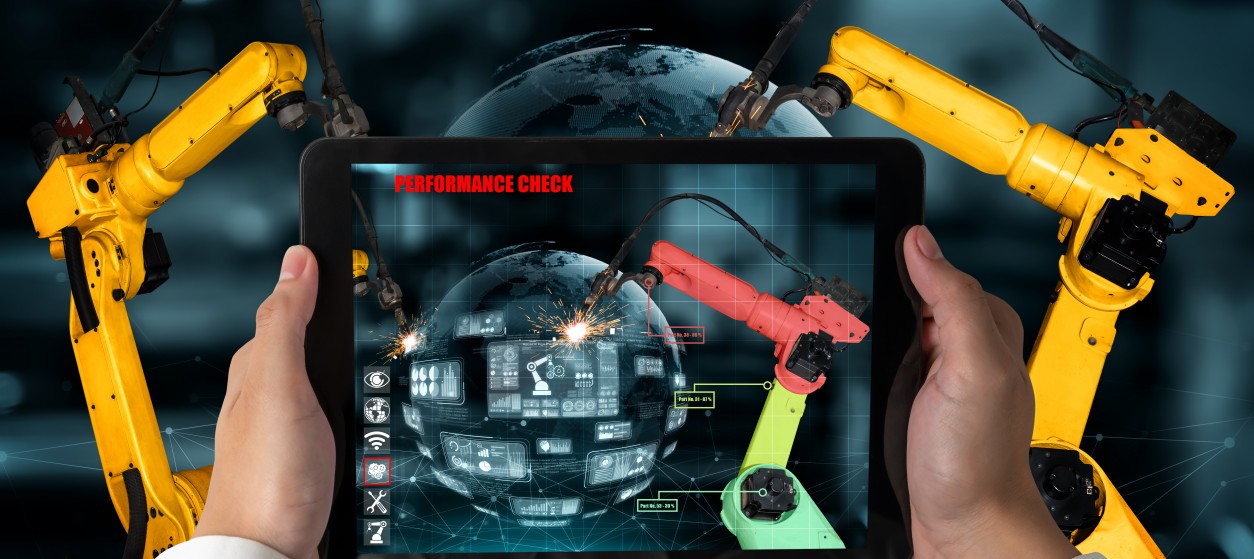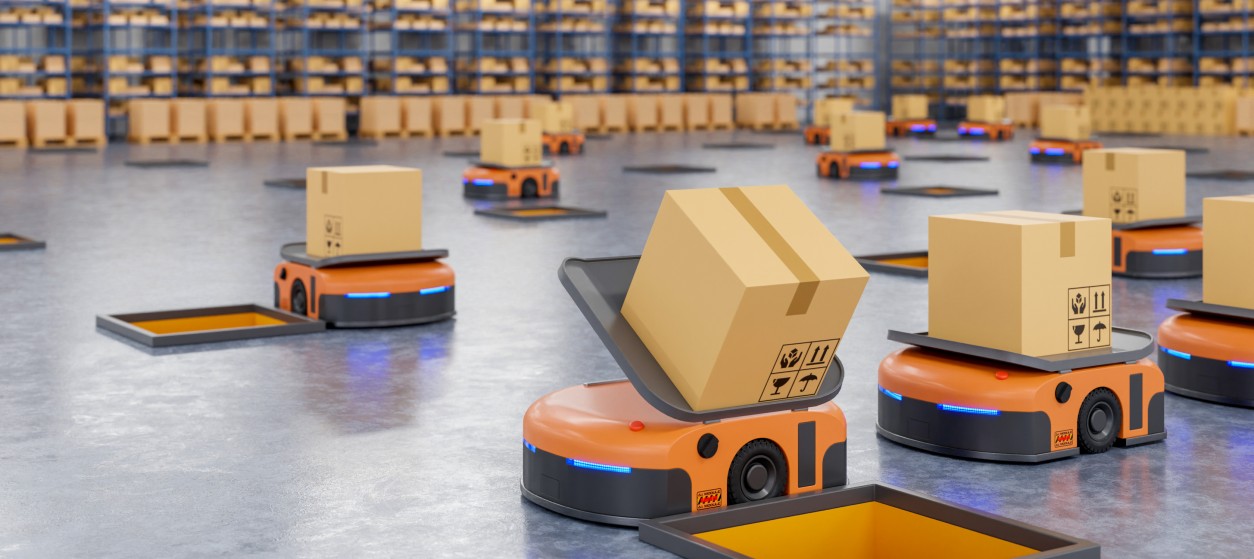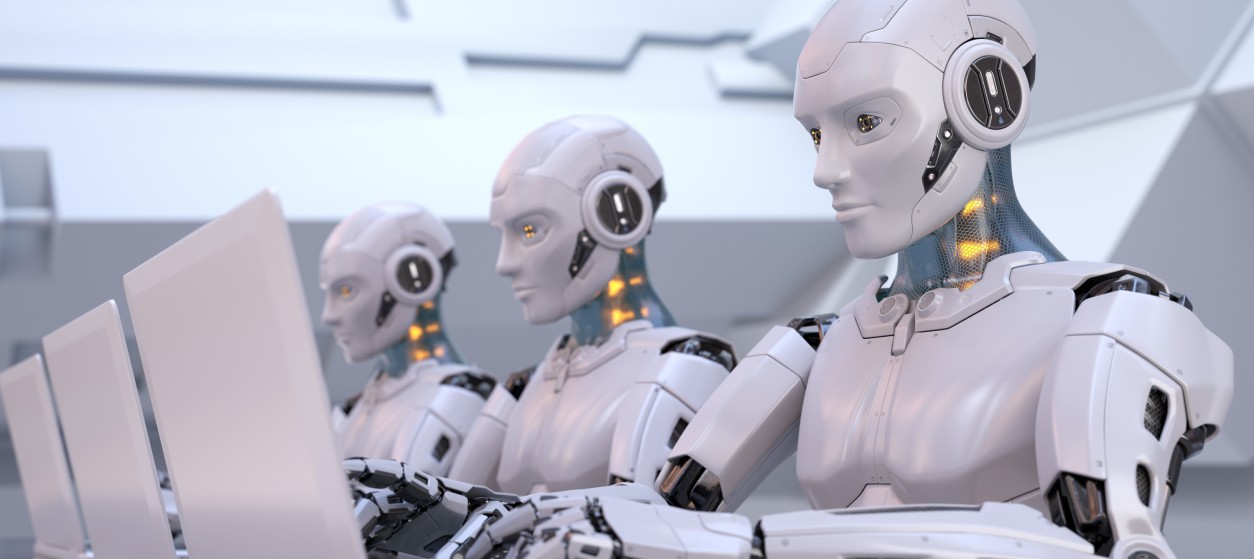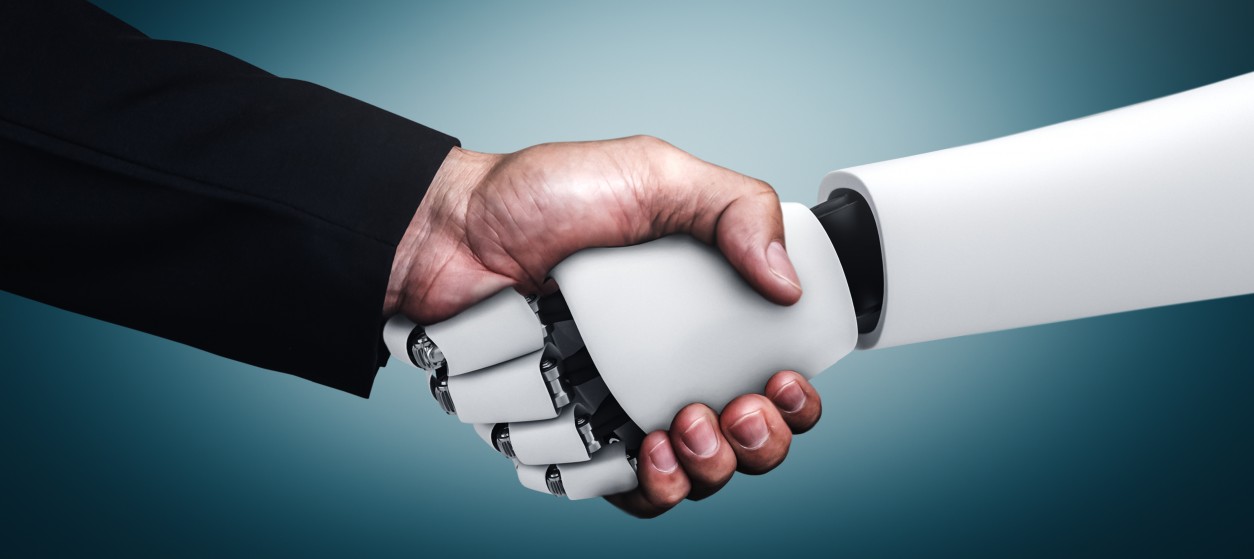For nearly two decades several disruptive digital technologies and the Internet are changing the ways companies and their employees work. These changes are reflected in new models of work (e.g., work from home and remote work) and new working relationships between companies and their employees (e.g., freelancing, part-time working). Furthermore, there has been a shift in the composition of the workforce based on a drastic reduction of blue-collar workers and a respective increase of white-collar workers. In recent years, these changes have been rapidly accelerating because of the rapid digital transformation of industrial enterprises, as well as due to the proliferation of Artificial Intelligence (AI) systems. Nowadays, it is projected that these systems will eliminate a significant portion of the existing labor-intensive jobs. Some of these jobs will be replaced with other, creative and knowledge-intensive jobs, that require critical-thinking, problem-solving, and decision-making skills. This will have significant socio-economic implications, which is the reason why governments and large organizations worldwide must prepare themselves for the future of work. Towards this preparation, it is important for organizations to understand some key ideas about what the future of the work landscape will look like, as well as what it will take for them to adapt to it.
1. AI and Automation are Shaping the Future of Work
Artificial Intelligence and related automation systems (e.g., Industrial Robots, Robotic Automated Processes, Machine Learning Systems, Drones) have the highest impact on the job market and on the human resources strategies of modern enterprises. As AI systems penetrate enterprises, labor-intensive processes give their place to highly automated, AI-enabled processes that will make entire professions redundant. For example, taxi drivers will be replaced by autonomous cars, factory employees will be replaced by robotics cells, and call centers will be replaced by voice assistants and chatbots.
Such replacements have occurred in the past, as part of previous technological revolutions that replaced labor-intensive jobs with automated systems. Nevertheless, this revolution is different in two main ways:
- First, the pace of change in the job market is way faster than a couple of decades before.
- Second, AI systems will challenge and replace jobs that involve mental work in addition to laborious tasks. For instance, bots are likely to replace paralegal workers in tasks like legal information collection and analysis of past cases.
Enterprises must consider the above-listed developments towards shaping their AI adoption strategies and preparing for the future of work.
2. Human-Robot Collaboration
In the medium-term, robots and AI systems will co-exist with humans. For instance, industrial enterprises will deploy cobots for tasks like grinding, cutting, and assembly. Likewise, automated guided vehicles will co-exist with human-powered vehicles. The rise of cobots will impact human resources processes, which shall make provisions for employing humans that can effectively collaborate with robots. Moreover, they will have to fill in new roles like cobots’ team leaders. Cobots are much cheaper and socially friendly than autonomous robots, which is the reason why they should become part of enterprise strategies for the future of work.
3. Work-from-Anywhere and Digital Nomads
The evolution of internet-based infrastructures (e.g., BYOD (Bring Your Own Device)) has enabled the introduction of new working models such as teleworking. Nowadays, many knowledge workers are no longer tied to their office but are provided with the option to work from anywhere using their computer. This option provides benefits to both the worker (e.g., more free time) and to the enterprise (e.g., reduced overhead costs per worker). Moreover, internet-based models of work create new types of workers, such as digital nomads. The latter leverage telecommunication networks to carry out their professional activities, without having to be in a certain location. Modern enterprises must use these opportunities to maximize the benefits of their workers while reducing their hiring and operational costs.
4. The Pandemic has Accelerated Pre-existing Trends
The COVID19 outbreak is considered a catalyst for the transition to the future of work. During the pandemic, enterprises had to apply teleworking policies at a very large scale. Furthermore, most of them reconsidered the importance of having employees that work at the office and took advantage of the opportunity to hire global talent that works from remote. Most of these transitions were already happening before the pandemic. The COVID19 crisis came to accelerate teleworking, including the opportunities and risks that stem from it. Furthermore, the crises made enterprises more efficient in handling the limitations of remote work i.e., keeping the advantages without bearing the downside. Modern enterprises can exploit the COVID19 crisis period to gain experience with future working modes, while understanding their opportunities and limitations.
5. New Labour and Social Security Laws
The adoption of new models of work at scale requires significant changes in labour law. For instance, the conventional nine to five work could be spread across more hours for employees that works at home. To accommodate such changes there is a need for revisions in applicable laws and regulations. In this direction, many countries are updating existing legal frameworks with provisions for the workers’ “right to disconnect” from their teleworking platform during their nominal 8-hour working time. This change is only scratching the surface of the problem: A very rich set of changes must be made to accommodate issues associated with the massive deployment of autonomous systems in work environments, including issues associated with their collaboration with humans. Likewise, ethical issues (e.g., the transparency and accountability of AI systems) must be thoroughly studied, as they go beyond existing legislation.
6. Reskilling, Upskilling, Lifelong Learning and Education Reforms
The successful transition to the future of work requires massive reskilling and upskilling of existing employees. Currently, there is a proclaimed talent gap in digital technologies like Internet of Things (IoT), BigData and AI. Enterprises must carefully plan to alleviate this gap as part of lifelong learning programs, new hires, upskilling and reskilling processes, as well as outsourcing contracts. The latter will reduce layoffs and will ensure a smooth transition to the next generation of automated systems. At the same time, countries must equip future generations with the skills needed for the future of work. In this direction, they must implement ambitious educational reforms that will prepare professionals with the proper digital skills.
7. New Social Contracts
The future of work will challenge existing social contracts and the relationships between employees and enterprises. In most cases, these relationships will change. For example, enterprises are likely to oblige employees to engage in lifelong learning programs in exchange of their job security (e.g., an indefinite duration contract). Likewise, state aid for reskilling and upskilling processes must be provided to all enterprises, including Small Medium Businesses (SMBs) that lack the knowledge and equity capital needed to create effective reskilling programs. Moreover, programs that boost the inter-generational transfer of knowledge must be designed and implemented. The new social contracts will greatly facilitate workers in adapting to the future of work.
Overall, companies, organizations and the state had better prepare for the future of work. This is not an easy way out, as it requires actions across multiple dimensions, including training, reskilling, technology adoption, the establishment of new social contracts, as well as legal and regulatory actions. We hope that the above-listed ideas will help modern enterprises to plan their transition to the future of work on the right foot.










